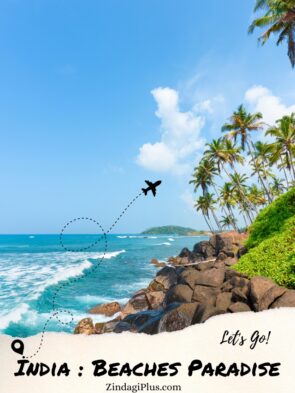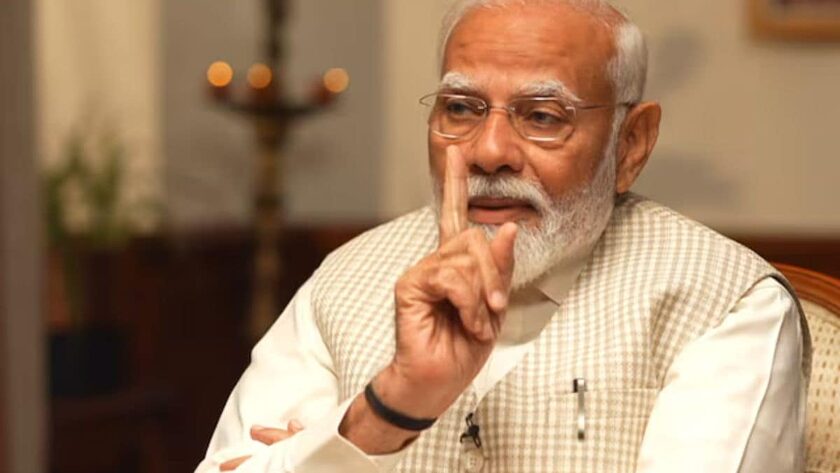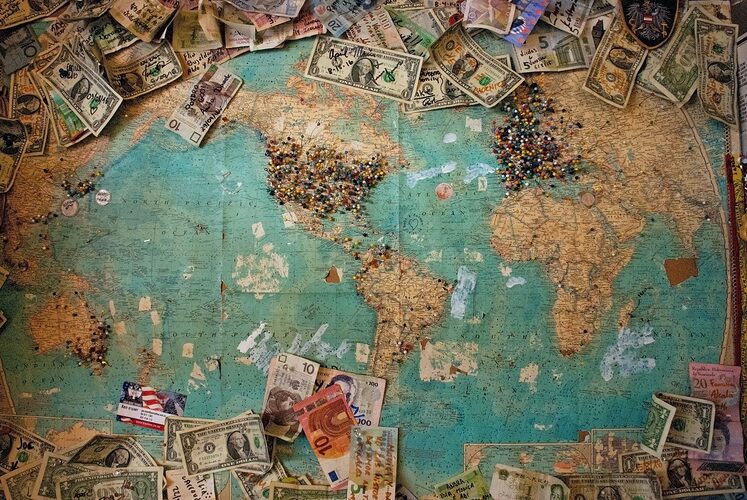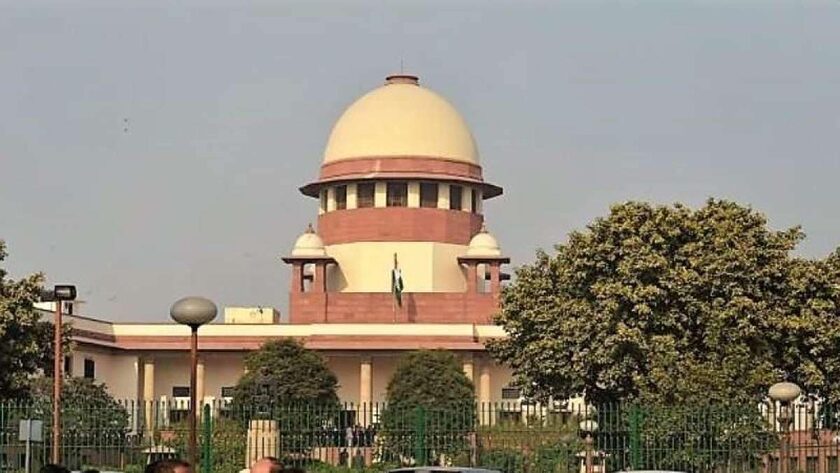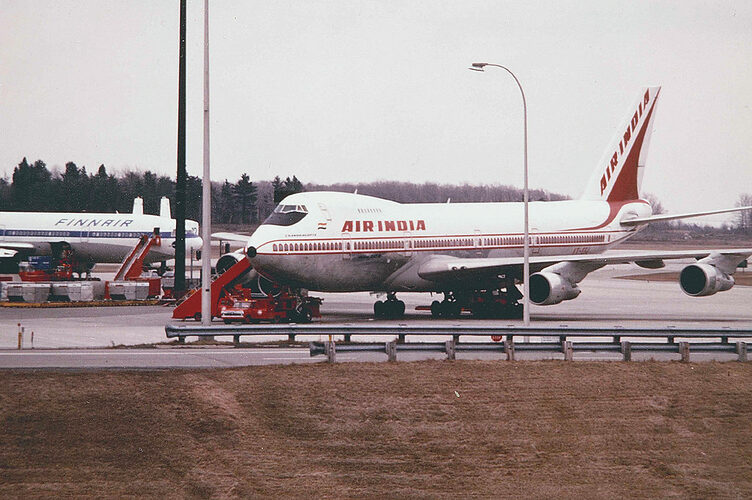Introduction
On January 4, 2024, Prime Minister Modi shared captivating images from Lakshadweep on his social media, inadvertently setting off a chain of events that would strain the longstanding friendship between India and the Maldives. What began as a simple social media post escalated into a social media war, with the hashtag #BoycottMaldives gaining traction. The catalysts for this rift were inflammatory comments made by three Maldivian ministers, sparking outrage on both sides and Boycott Maldives movement. Boycott Maldives vs Lakshadweep

The Controversial Comments
The three Maldivian ministers, Mariyam Shiuna, Malsha Shareef, and Abdullah Mahzoom Majid, criticized PM Modi and India, insinuating that the photos from Lakshadweep were aimed at damaging the Maldivian tourism industry. Personal attacks were unleashed on Twitter, with Mariyam labeling PM Modi as “a puppet of Israel,” Malsha targeting the tourism sector, and Mahzoom stereotyping Indians and making derogatory comments about Indian culture.
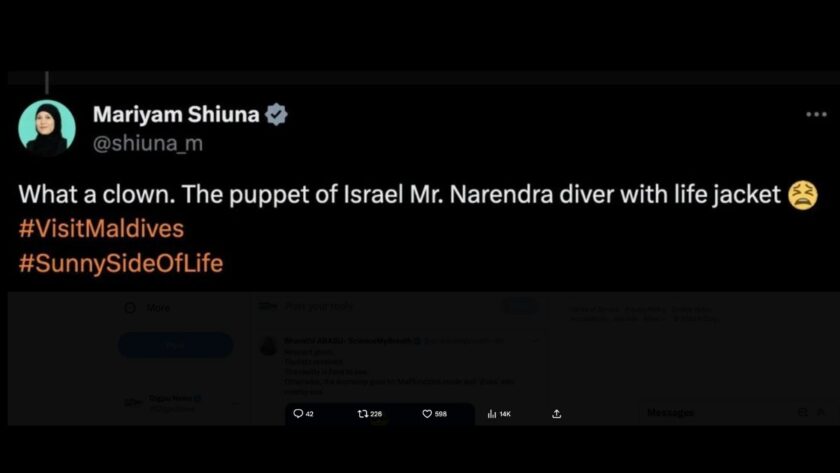
Social Media Uproar and Diplomatic Fallout
The vitriolic comments led to a social media clash, with Indians threatening to cancel travel plans to the Maldives. Faced with the severity of the situation, the Maldivian Foreign Ministry clarified that the ministers’ opinions were personal and didn’t represent the government. Subsequently, the three ministers were suspended. However, the issue transcended a mere Maldives-Lakshadweep dispute; it revealed the underlying geopolitical tensions and a shift in the Maldives’ political landscape.
The Strategic Importance of Maldives
Maldives, a small island nation with a population of around 500,000, is strategically crucial for India. It has been a key ally, with India providing military assistance, including helicopters and personnel, to address concerns like potential terrorist attacks. However, this military presence has become a contentious issue in Maldivian politics, especially after the change in governing parties.

Political Turmoil in Maldives
The political dynamics in Maldives have been tumultuous, marked by shifts between pro-India and anti-India sentiments. The 30-year dictatorship ended in 2008, leading to a democratic system. The Maldivian Democratic Party (MDP) initially fostered close ties with India. Still, subsequent political changes, particularly under President Abdulla Yameen Abdul Gayoom, saw a shift towards anti-India rhetoric and closer ties with China.
China’s Growing Influence
China recognized the strategic importance of Maldives in 2008 and has since invested significantly in infrastructure projects, including the China-Maldives Friendship Bridge. Maldives, in turn, aligned itself with China’s Belt and Road Initiative. The increasing debt dependency on China has led to a complex geopolitical scenario, where anti-India sentiments gain traction during elections.
India’s Response: Lakshadweep Development
Understanding the geopolitical chessboard, India has strategically invested in the development of Lakshadweep. The recent announcement of a substantial investment of Rs. 1,156 crore reflects a comprehensive plan for the union territory. This not only bolsters India’s presence in the Indian Ocean but also positions Lakshadweep as a potential alternative to Maldives for Indian tourists.
The Geopolitical Game
The Maldives-India rift is not merely a social media feud but a manifestation of deeper geopolitical maneuvers. The shifting alliances, anti-India sentiments, and China’s growing influence underscore the intricate geopolitical landscape. As India focuses on Lakshadweep’s development, it not only safeguards its interests but also presents an alternative narrative to counter the anti-India sentiment in the Maldives.
Conclusion: Beyond Tourism
While the #BoycottMaldives trend on social media initially highlighted tensions, the underlying issues extend beyond tourism. Geopolitical shifts, debt dependencies, and changing political landscapes are at play. India’s response through Lakshadweep’s development aims not only at countering the current sentiment but also at shaping a more favorable narrative in the evolving geopolitics of the Indian Ocean region.
In conclusion, the Maldives-India rift serves as a reminder of the intricate dance of geopolitics, where strategic moves, economic dependencies, and shifting alliances shape the destiny of nations. As the diplomatic chessboard evolves, only time will tell the next move in this geopolitical game.
